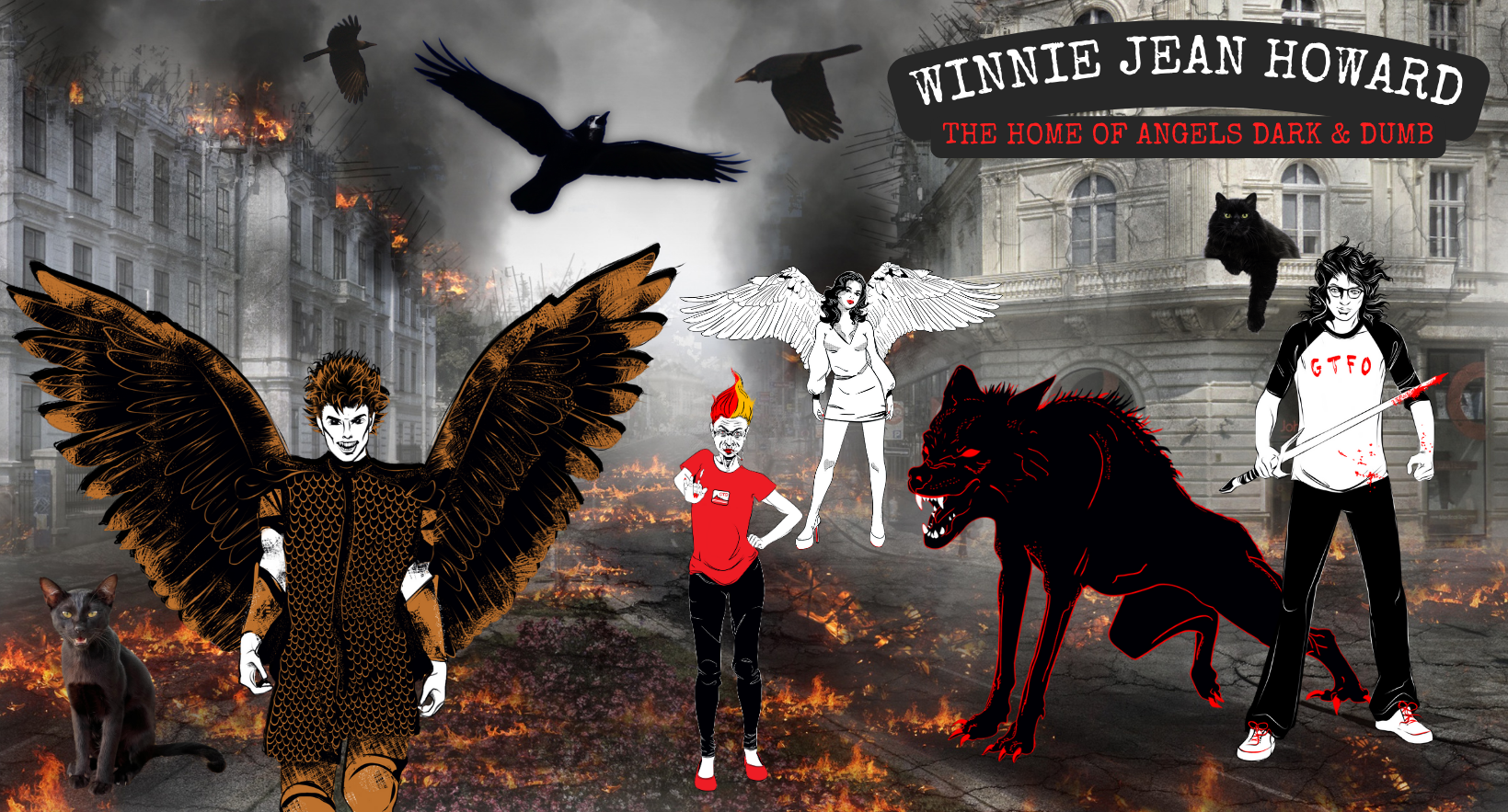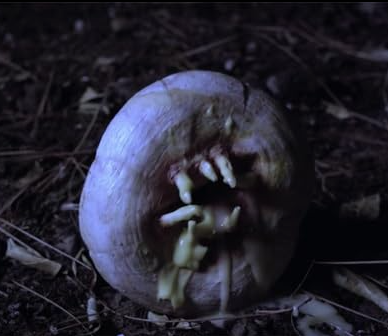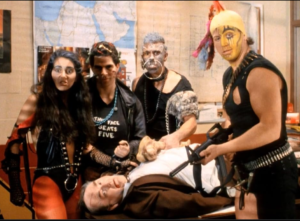Yes, I know—it’s well past time for a new blog post, and I’ve got plenty to share. Between creating new art, collaborating on book covers, and suffering through a disappointing horror flick, these wonders are a mix of myth, monsters, and mild movie regret.
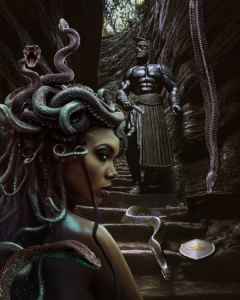
1. Medusa and Her Snaky Entourage
First up: a Medusa piece I finished last month. This was such a fun project that really pushed my skills in blending AI elements with Photoshop. I’ve officially given up on Adobe Firefly for horror work—it just can’t deliver the kind of dark, eerie stuff I want (apparently, “terrifying” violates their community standards). But building a base image in Photoshop and then layering in AI additions gave me the flexibility I needed to get closer to my vision.
Snakes, stone stairs, and a looming warrior figure in the background… I wanted a sense of tension, like the moment before everything goes terribly wrong. The whole piece taught me a lot about composition and how to better control AI-generated elements. Medusa might be misunderstood, but here? She’s ready to reclaim her throne.
2. Angels Dark and Dumb Update
If you’ve been following my Angels Dark and Dumb series, you’ll be happy to hear things are moving forward—especially on the cover front. The cover artist is adding a Minotaur and a black warrior into the design, and honestly, it’s been so much fun to see her bring these characters to life. There’s nothing like seeing the visuals in your head get transformed into art by Rebecca Treadway at Nekadu Shop. She does some amazing pre-made covers if you’re in the market for your book.
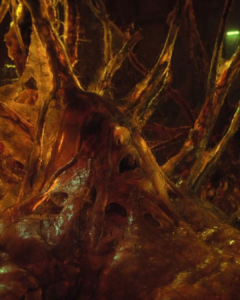
3. The Gorge… or The Snore?
And now, onto a review I wish I didn’t have to write: The Gorge. I had high hopes for this one, but it took forever for anything interesting to happen. It’s supposed to be a horror film, but instead, we get stuck in a drawn-out romance between the leads that slows everything down. I’m all for character depth and emotional stakes—but if I’m watching horror, I need the creepy stuff to show up before the hour mark.
There are flashes of good moments here and there, but they’re buried beneath a romance that should’ve been trimmed by a solid thirty minutes. If you’re looking for scares, tension, or even a thrill, this movie is more gorge than gorgeous—just a big yawning gap of wasted potential.
And a Happy April Fools’ Day
Oh, and let’s not forget—it’s April Fools’ Day! The one day a year where you have full permission to question everything, side-eye every announcement, and triple-check that your coffee hasn’t been replaced with pickle juice. Have you pulled any pranks today? Been pranked? Hopefully your day is filled with more laughs than groans.
That’s it for now! Between mythological monster art, demonic book cover design, and a few cinematic disappointments, I’ve definitely kept things spooky and strange around here. As always, if there’s something you want me to create, write about, or rant over, let me know. And if you have a favorite female horror icon you want to see Nagel-ified, shoot me a message—I’m still adding to the list.
